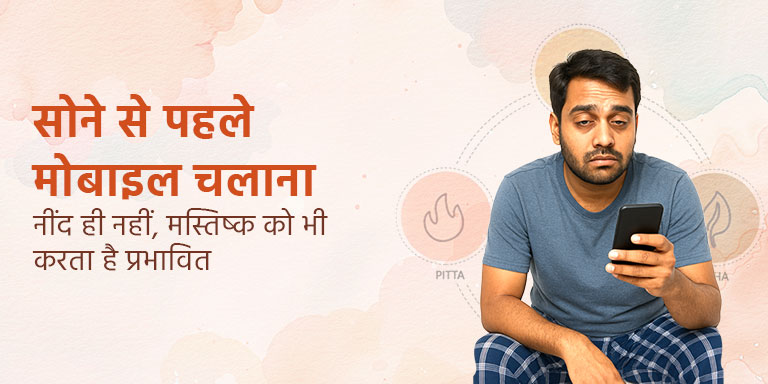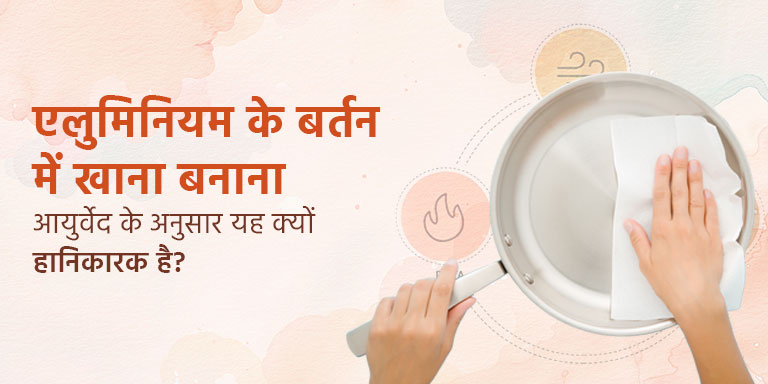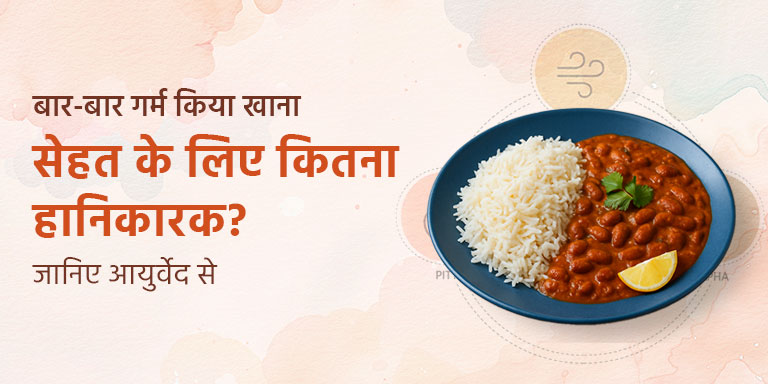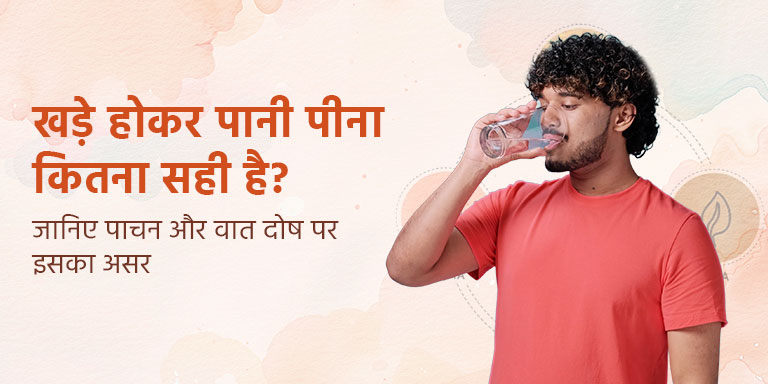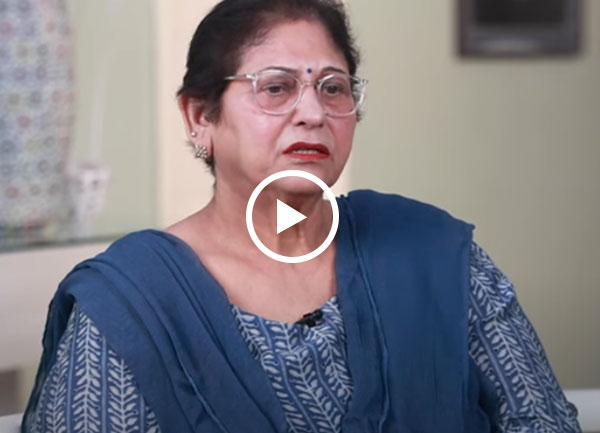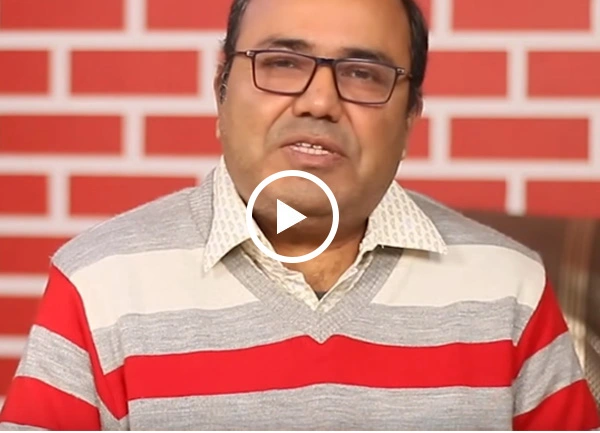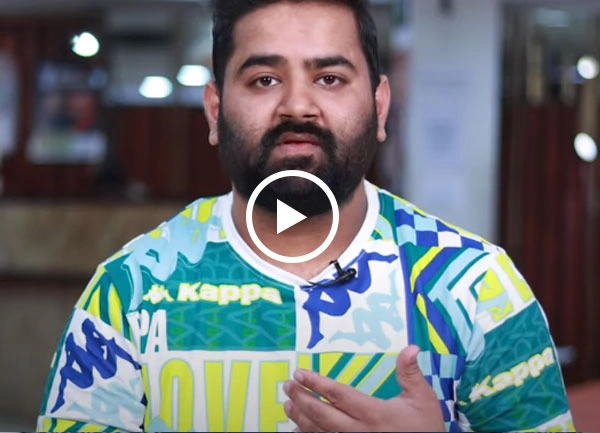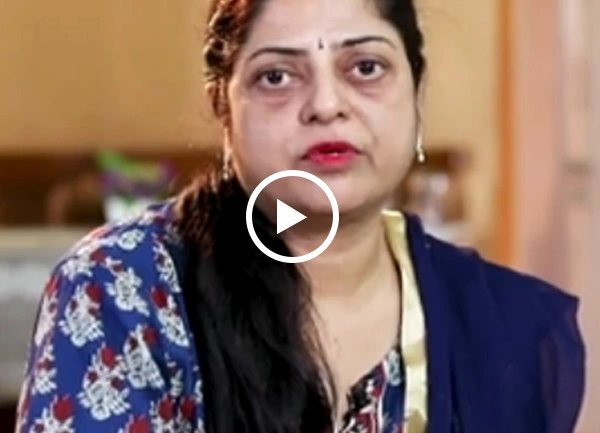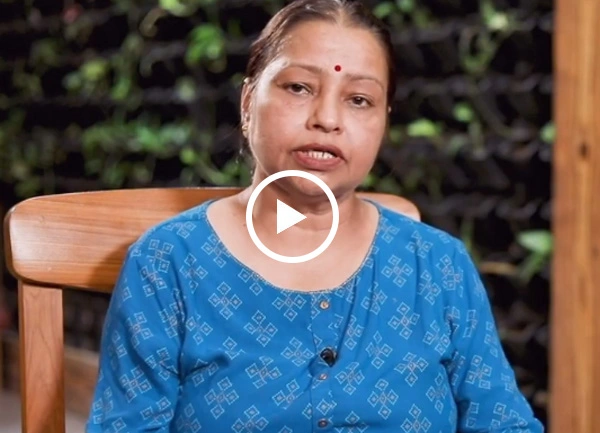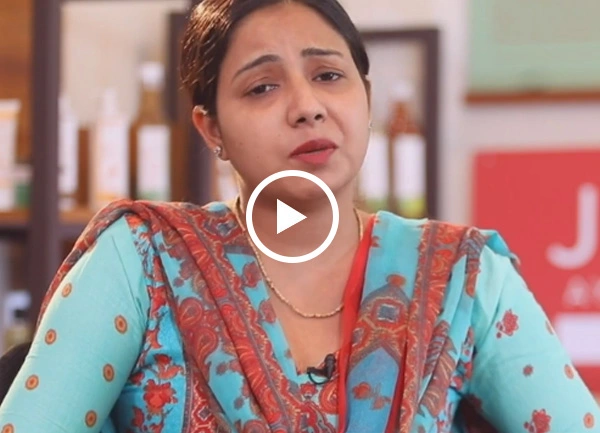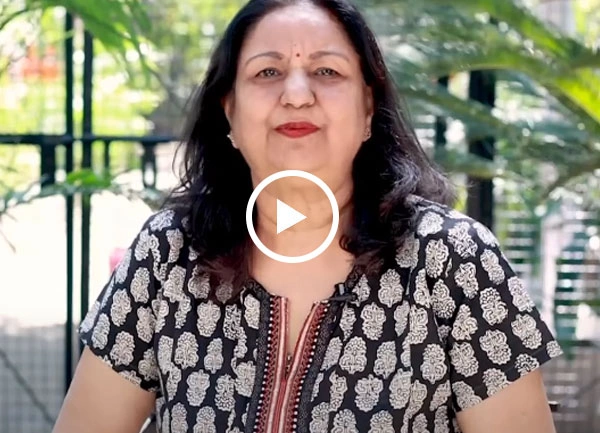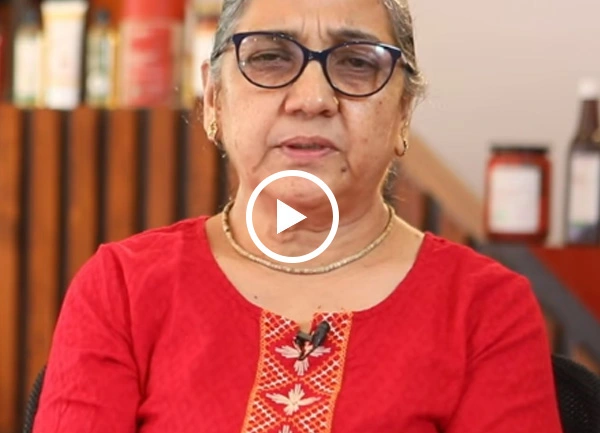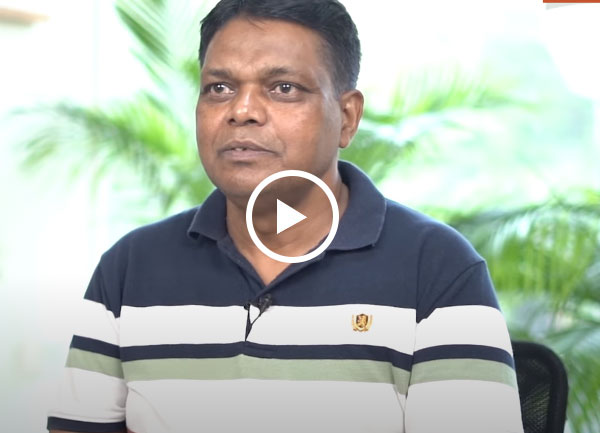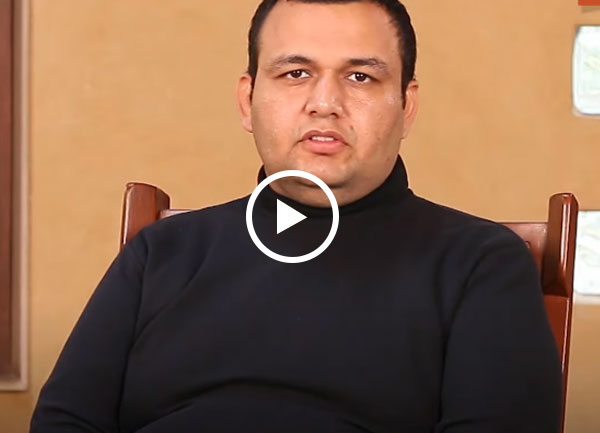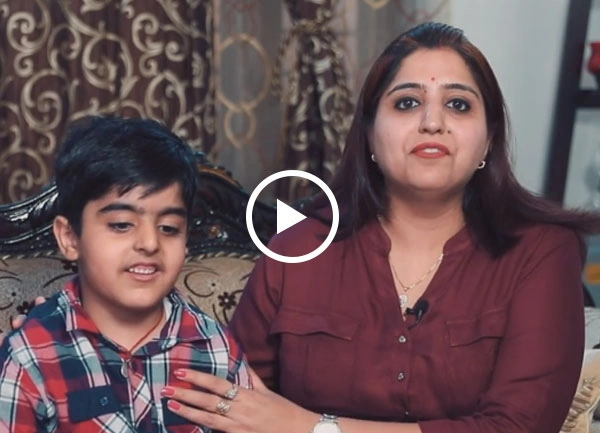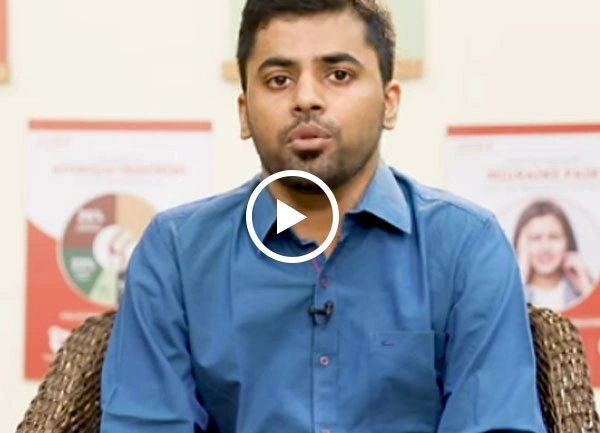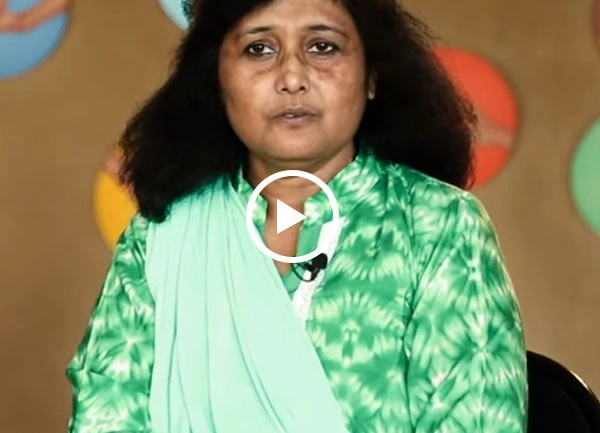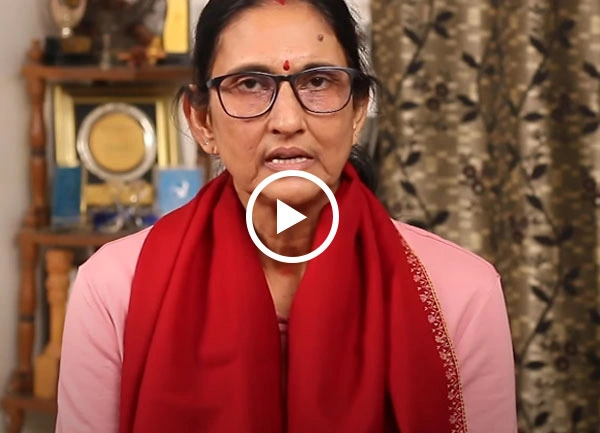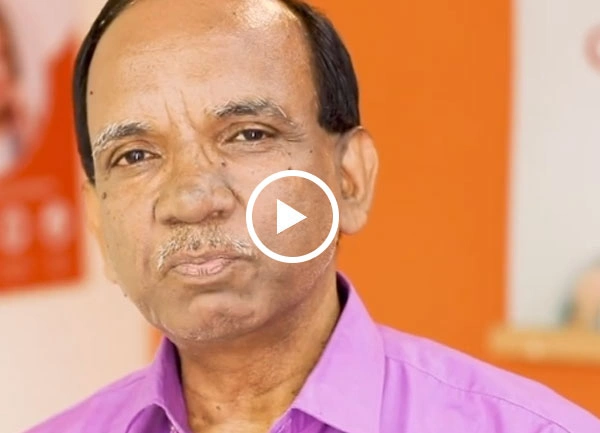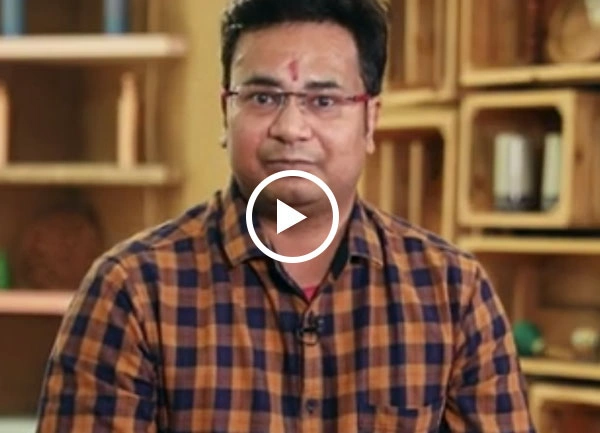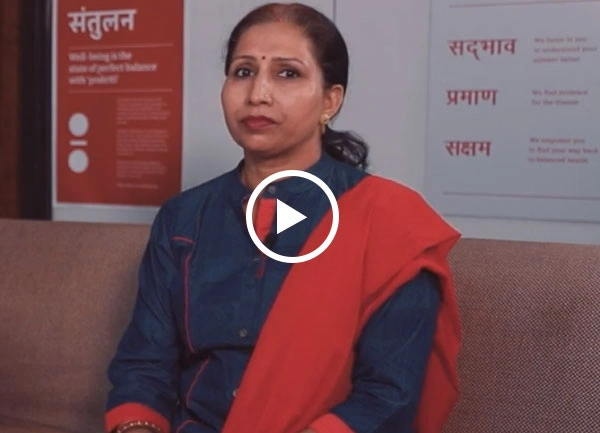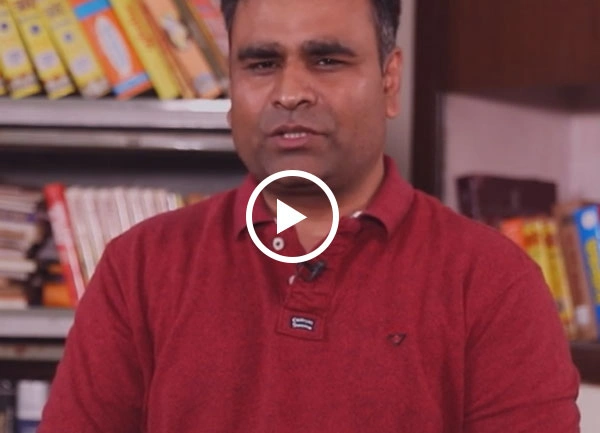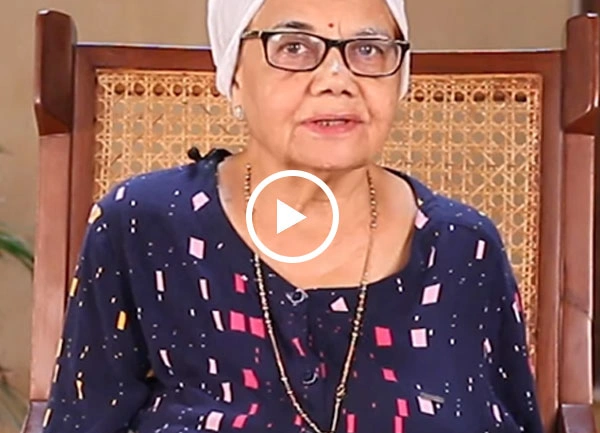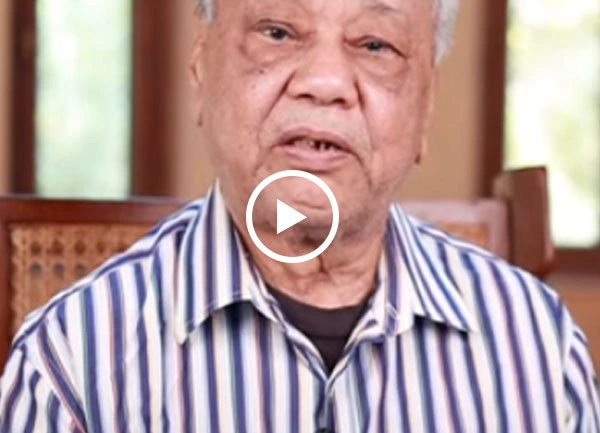Yoga has several benefits, the two important ones being that it ensures physical health and mental equilibrium. With regular practice of yoga and pranayama, one can build a strong and active body and an alert and supple mind. You will also feel an increased sense of emotional wellbeing.
Some asanas that are beneficial in this regard are Setubandhasana, Halasana, Sarvangasana, Mastyasana, Paschimottanasana, Bhujangasana, Gaumukhasana, Ushtrasana, Balasana, and Adhomukhshvanasana. They have been described in great detail in previous issues of Paramayu.
Today, we’re going to talk about Marjari asana, also known as the cat pose or the cat stretch. Let’s discover the technique behind this asana and its various benefits.
Please Note:
-
Keep your arms straight while performing the asana.
-
Do not move the body back or forward.
-
Don’t put too much pressure on the hands and the knees, focus on the waist and the back.
Instructions:
-
Spread the yoga mat on an even surface and sit in vajrasana.
-
Now, sit up on your knees, and, bending from the waist, come on to all fours. Look straight ahead.
-
Form the shape of the table, where your back is the top and the knees and the arms are its legs. The knees should be hip-width apart.
-
Keep your arms perpendicular to the floor and your hands flat on the ground, under the shoulders.
-
Inhale deeply, raise your chin and tilt your head back towards the sky. At the same time, push your waist and navel down and raise your tailbone. Maintain this pose for 5 seconds.
-
Exhale and slowly drop your head, bringing the chin to the chest. Arch your back as much as you can.
-
Hold this position for a few seconds before returning to the table pose.
-
Repeat the asana 5-10 times
Benefits of Marjari Asana:
-
Reduces stress
-
Calms the mind
-
Boosts digestion and makes the body energetic
-
Improves circulation of blood
-
Reduces belly fat and gives shape to the abdomen
-
Makes the muscles of the back and waist flexible and strong
Special Warning:
Before doing any asana, consult your doctor. All asanas should be performed under the supervision of a trained yoga instructor. If you’re complaining of pain in the waist, knees, shoulders, and legs, do not attempt this asana. People who have cervical problems should be careful not to bend the neck too much when exhaling.



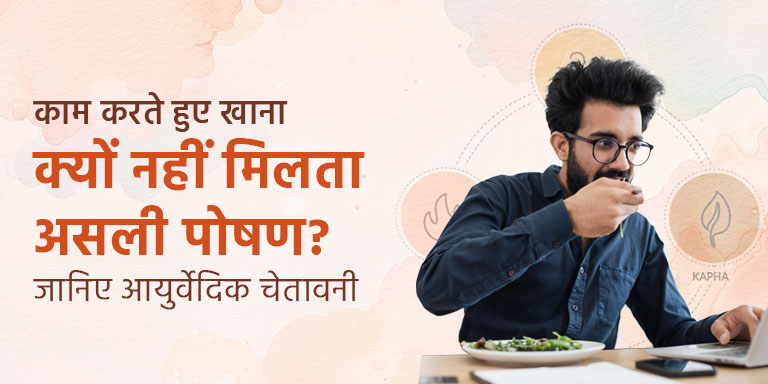
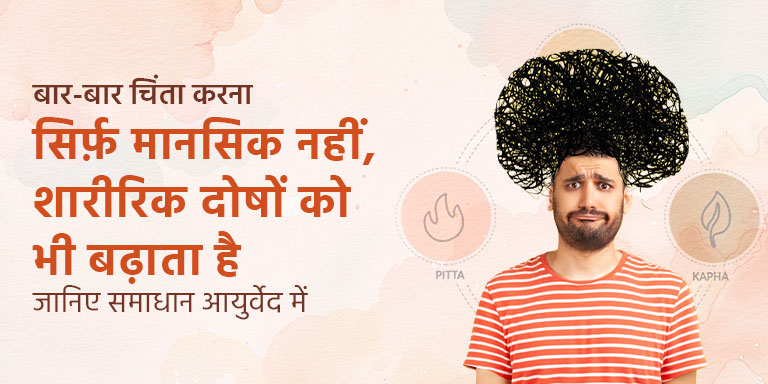
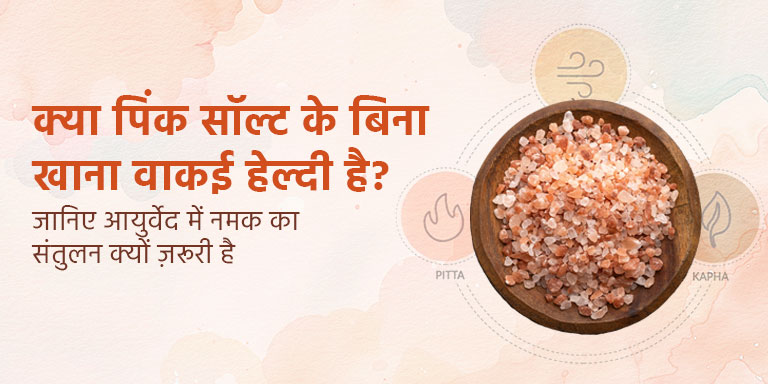
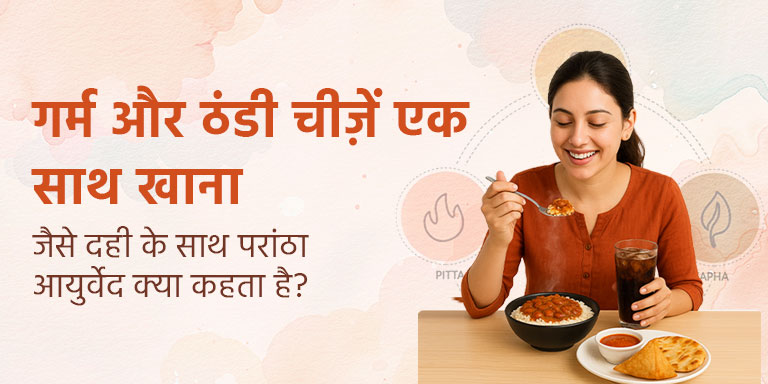
-को-कम-कर-रहा-है.jpg)
